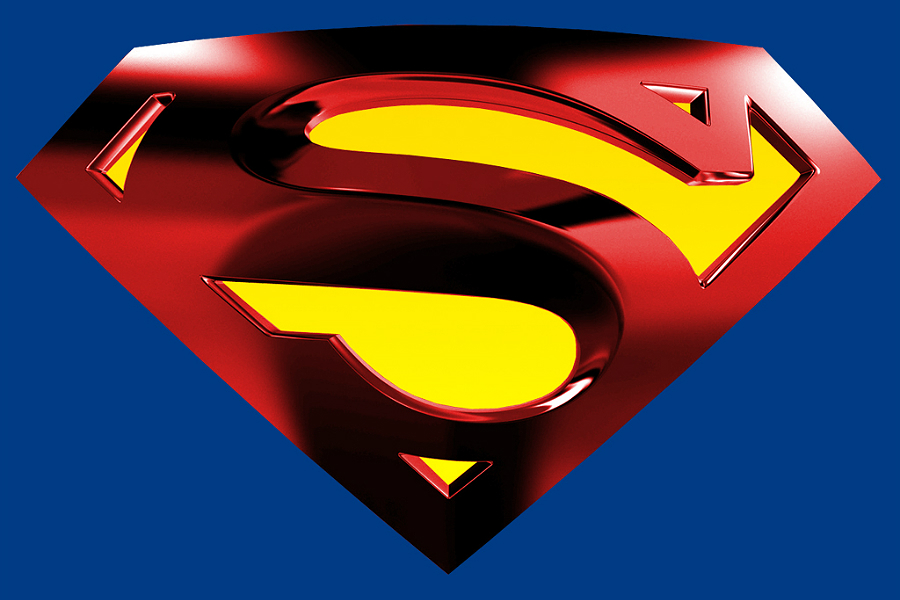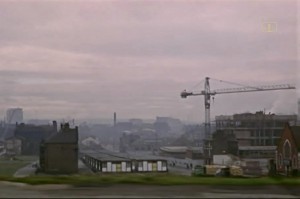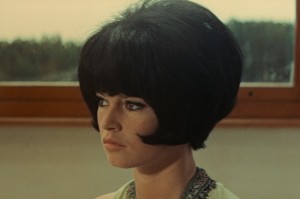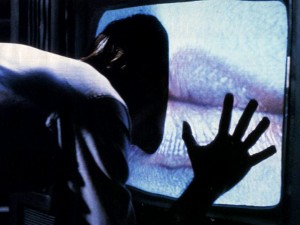Waiting for Superman…

With FACT screening the original Superman this Monday, Nik Glover takes a look at our roller-coaster relationship with on-screen super heroes…
Cinema-goers are now so used to seeing comic book heroes make the transition from page to screen that something like war-weariness sets in on the announcement of another Marvel/DC spin off. Fact’s screening of Superman (1978) provides some welcome context.
Marvel Avengers Assemble is currently breaking all box office records, mining the richest of veins that comes from the huge success of that comic line’s movies featuring the protagonists of the team-up epic. Never previously has such a huge gamble been taken with such apparent assurance of success: previous box office receipts for Avengers tie-ins include The Incredible Hulk ($263m), Iron Man 1 and 2 ($585m and $623m), Thor ($449m) and Captain America: The First Avenger ($368m). The comic book genre has reached a new watershed in terms of box office.
It’s interesting to remember that back in 1978 the humble comic book was a very different proposition. The only dalliance into the field had been small-screen incarnations of the most famous of characters (first to make it to the screen: Captain Marvel, in serialisation). Batman had been a relatively successful vehicle in its campy, Adam West-fronted TV series. The full-length version was anarchic and innocent in equal measures, but lacked real studio commitment and star power to become a crossover success. After West and Ward faced down three supervillains (in a superior instance of evil team-ups to later Batman missteps), superheroes disappeared from screens for a decade. Crimefighters took off their masks, preferring to operate in the open (Dirty Harry) or against real world supervillains (All the President’s Men). Such was the situation Warner Bros and DC comics surveyed on Superman’s release.
Sure, the Man of Steel was iconic; comics based on him had been commercially successful from his birth in 1938 to the end of the Second World War, with sales figures for comics in general hitting the peaks again in the 60’s; but by 1978 the comic world as a whole was fractured, with long, complex runs which required a great deal of investment from fans, dizzying numbers of genres and a general rise in prices due to a paper shortage. The so-called Bronze Age of Comics was heralded by a more socially-conscious form of narrative. In 1970, DC’s character Green Arrow had to face the descent into drug addiction of his sidekick Speedy. The murder of long-time Spiderman love interest Gwen Stacy, Iron Man’s alcoholism; writers turned to the real world to give their plotlines grittier appeal beyond the usual super-heroics. Our heroes became less like gods, and more like us. In 1978, DC cancelled 20 comic series, following a disastrous attempt to flood the market with new titles which almost bankrupted them. Comic book sales as a whole were in decline.
Superman’s producers responded by packing their movie with star power. Christopher Reeve, a relative unknown, was backed by Gene Hackman (fresh from ensemble war movie A Bridge Too Far) and Marlon Brando (returning from a 6 year movie near-hiatus, and receiving a $4 million dollar fee for his extremely modest screen time). Keen eyes will also spot Terence Howard (a far cry from Brief Encounter) and Terence Stamp (in the first case of a not so subtle superhero sequel hint).
The result was a box office smash of almost unprecedented proportions; the film took some $130 million dollars in the US alone, the third most successful movie of the year after Grease and Animal House.
In the interval between the first Superman and DC’s next big superhero making it to the screen (the Tim Burton-helmed Batman in 1989) Warner Bros released three Man of Steel sequels, to ever-diminishing returns, plus one spin off in Supergirl (1984) and the Wes Craven oddity Swamp Thing. The initial promise of comic book crossovers seemed illusory. Why?
By far the most important factor was the price of creating a whole world for characters to inhabit, with attendant production costs. Not until the runaway success of the Batman series of films in the 80’s and 90’s were comic book developers trusted with the kind of budgets they needed to realise their potential. Even then, Batman inhabited a world which, while expensive to recreate in sets (see Joel Schumacher’s neon funhouse Batman Forever (1995)) was at least similar enough to our own to make location shooting possible. The disaster that was Batman & Robin (1997) effectively set the comic book movie back to square one.
Yet lower budget heroes were constantly emerging throughout the nineties, generally with lesser stars and often with directors who would return to the genre later in their careers. Darkman (1990) is a surprisingly arch and frenetic prototype for Sam Raimi’s later Spiderman, and sees the director combining the crazed chop and zoom style of The Evil Dead with the superhero milieu. Joe Dante’s The Rocketeer was another expensive flop, the Matinee spirit of which the director would again claim for his later Captain America vehicle. Big budget comic book tie-in’s like The Mask (1994) and Dick Tracy (1990), while not strictly superhero movies, at least kept the genre prominent in the minds of movie makers.
In truth, it wasn’t until X-Men (2000) that the modern age of superhero movies began. Bryan Singer’s series progenitor had the budget, the star power, and most importantly, the character that its source material required. CGI had at least reached the stage where outlandish plot devices (a character who can change her appearance to perfectly mimic others, Wolverine’s retractable adamantine claws) could be presented believably, if not realistically. With the later double whammy of Iron Man and The Dark Knight (both 2008) superheroes not only made megabucks, but even made it to the Oscars. While Marvel embraced broadly lighter, action-packed fair with offbeat directors like Jon Favreau and Joss Whedon, DC has avoided (so far) creating a competing film universe for its characters. The runaway success of Avengers Assemble may well lead to a Justice League of America crossover, although maintaining Christopher Nolan’s dark, brooding style for films starring characters like Aquaman seems implausible.
What is plausible is that comic books will rule cinema screens for quite some time. Marvel are already committed to further run-outs for all of its major characters, with directors like Edgar Wright joining the party. For comic book fans, it is a golden age of superhero cinema. For none comic book fans? The summer months could drag a little.
Nik Glover
Superman screens on Monday at FACT 9.30pm





